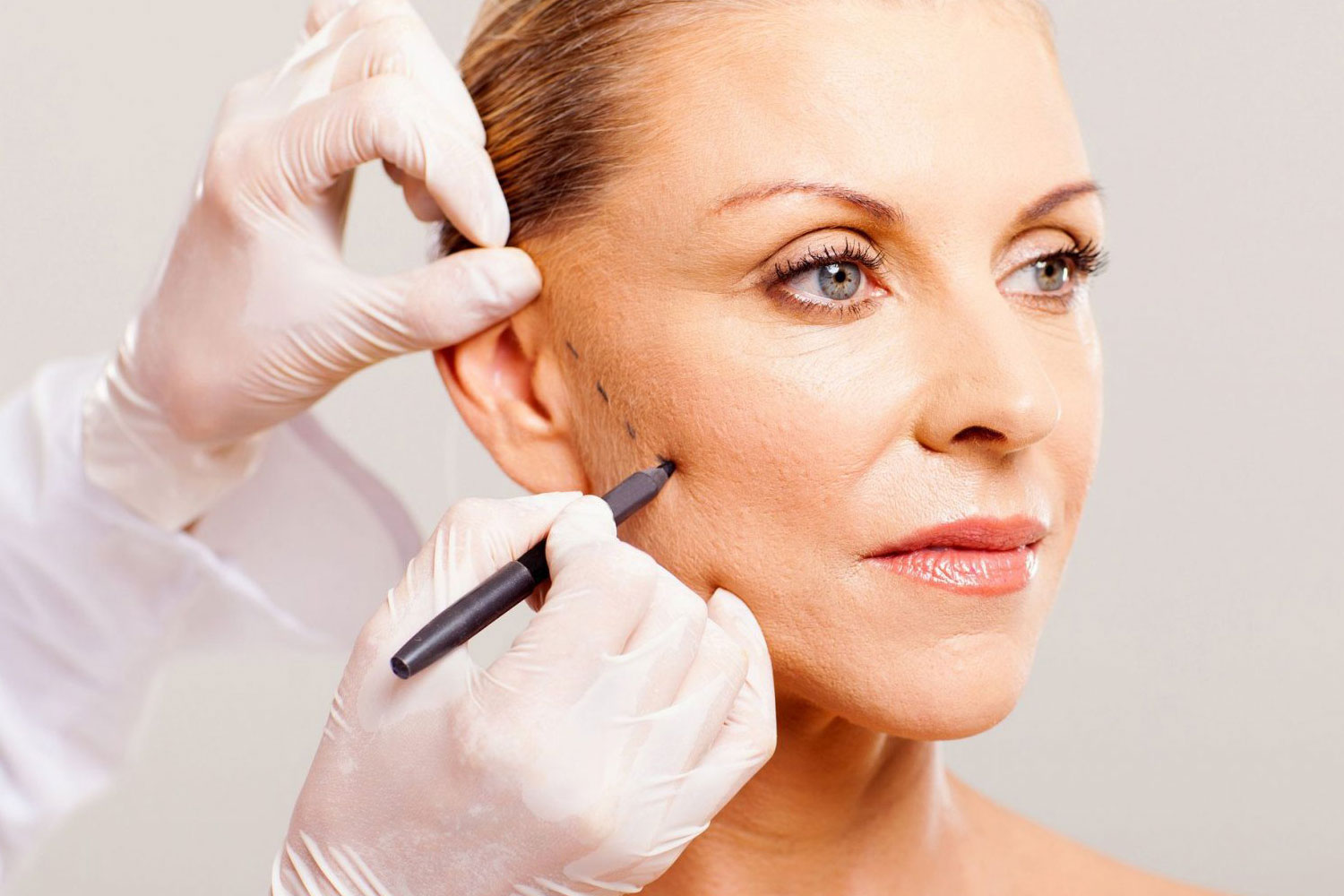
Fluid Loss Needle in the Knee
There is synovial fluid in the knee so that the bones in the knee do not rub against each other and do not wear and damage the joints. This fluid helps the movement system in the knee to function healthily. Although the fluid loss in the knee is seen in men and women at advanced ages, it is statistically more common in women. Progression of age, underuse of joints, or overuse of joints triggers fluid loss in the knee. Over time, fluid loss can be seen in the knee after abrasion or trauma. This loss of fluid in the joint area leads to abrasion in that area over time, thus limiting mobility. After a while, it may be difficult to climb stairs or make movements that bend the knees. Accordingly, pain in the knee starts to appear after a while.
Injections are made for these problems due to fluid loss in the knee. Fluid is injected into the joint area of the knee with the help of a needle to replace the depleted fluid. In this way, the problems occurring in the cartilage due to abrasion begin to heal over time, and mobility increases. As mobility increases, the pain decreases over time. Knee fluid loss injection is not a permanent solution but an auxiliary treatment method. The effect of this injection can last approximately 6 months. After 6 months, this procedure should be done again.
In addition to the injection of fluid loss in the knee, losing weight will also contribute significantly to the treatment methods. If you lose weight, the body will not put too much load on the knees and the pain and abrasions will decrease. In addition, taking supplements in terms of vitamin D also slows fluid loss and protects bone health.
Exercise and Physiotherapy
It is necessary to exercise regularly to prevent problems due to fluid loss in the knee. If the patient is suitable for physical therapy, then physical therapy methods should also be used. Thanks to physical therapy, the joints will be strengthened with various exercises, which will also help the body secrete joint fluid. Because joint fluids are secreted as a result of pressure on the knee cartilage.












